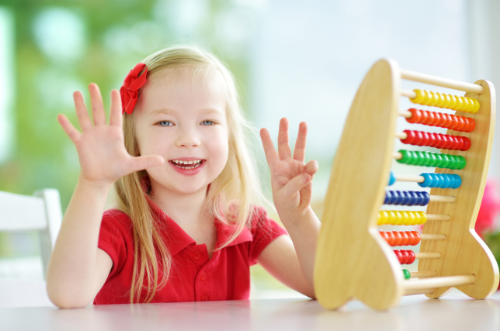Geography is far more than maps and capitals—it’s the foundation of understanding how the world works. From shaping cultures to influencing economies, geography helps us make sense of our surroundings, our history, and even our future. It encourages us to ask why things are where they are, how places are connected, and what might happen if something changes. Geography builds critical thinking. Other than a globe or map on a wall to help you learn, interactive websites with things like “pin the place” games are a fun way to explore continents, oceans, and countries. You can also watch geography or travel YouTube channels (National Geographic Kids is great). Remember to encourage curiosity about the world around you.
Methods
Helpful Habits to Improve Overall Study
Physical activity improves blood circulation, ensuring that oxygen and nutrients reach the brain, which enhances cognitive function. Exercise also reduces stress and anxiety, keeping the mind clear.
Sleep is just as important and is essential for memory and learning new information. Aim for 7-9 hours of quality sleep each night so you can stay focused throughout the day. It’s also extremely important that you incorporate vitamins and minerals into your diet, as well as drinking lots of water.
Dehydration can impair concentration and memory, so drink plenty throughout the day. Make sure to avoid excessive sugar, refined carbs, and processed foods.
Remember to engage in activities that stimulate the brain, such as puzzles, reading, and learning new skills. This can improve problem-solving skills and keep the brain sharp.
Limiting Your Child’s Screen Time
Excessive screen time has been proven to interfere with cognitive ability and brain development. It has also been linked to increased levels of anxiety and negative affects on social skills and attention span. Screens should particularly be turned off when it gets closer to bedtime, as too much exposure to blue light from screens has been known to disrupt sleep patterns. We encourage that you give your child a very limited amount of screen time in general but especially during school nights. Help your child monitor their screen time and inspire them to engage in more time spent on hobbies, outside events, and creative activities. It’s very important that they’re able to function well at school and don’t always need to rely on screens to entertain them.
Making Cursive Fun
Printing out worksheets with dotted cursive letters or words for your child to trace over is a perfect way to start practicing. This helps them get used to the flow and formation of cursive letters. You can provide themed writing prompts like favorite places or animals and have your child write about them in cursive. Encouraging creative writing while practicing cursive handwriting can make it a lot more fun. Another great way to make cursive more fun is using it in artwork like painting. Once your child gets used to the flow of the letters, they’ll be able to smoothly write cursive in no time.
Tips For Writing a Good Research Paper
Clarify the purpose of your essay. Begin your report with an introduction that provides background information on the topic and outlines the main points that you will cover. Make sure you explain why you personally chose to write about your subject. Do your own research and credit the sources that you get the information from. Collect relevant data and statistics from credible sources to support your findings. Incorporate visuals such as charts or images to help illustrate key points. Review your final report for accuracy. Check for punctuation errors, grammar, and spelling.
Tips for Writing Your Own Story
Plan out the main events and structure of your story. Decide on how the beginning, middle, and end will work together. You should also consider any major plot twists or turning points. An outline can help keep your story organized and focused as you write. Describe the setting and atmosphere of your story in vivid detail to make the world come alive for your readers. Instead of simply telling them what’s happening, you can show it through scenes of actions and dialogue. Remember that writing is a process and can take time. Keep experimenting with new ideas.
Three Fun Addition Games For New Learners
Memory: Create pairs of cards with addition problems and their solutions. Place the cards face down and take turns flipping over two cards at a time to find matches. If a player correctly matches an addition problem with its solution, they keep the pair. The player with the most matches at the end is the winner.
Bowling: Set up a bowling game using plastic bottles or cups as pins and a soft ball as the bowling ball. Write different numbers on the pins. Take turns rolling the ball to knock down the pins. Add up the numbers on the pins to keep track of your score.
Dice: Use dice to practice addition. Roll two dice and have your child count the total number of dots on both dice. Turn this into a game where you create a board with spaces. The number that you role is how many spaces you move your piece. Whoever makes it to the end wins.
Fun Activities Involving Math
- Involve your child in cooking or baking activities that require measuring ingredients. This is a great way for him to practice using math skills while also learning how to make new foods. Have him help you measure and mix ingredients using measuring cups and spoons. This hands-on experience is great for concepts like fractions and units of measurement in a practical context.
- Math Board Games: Play board games that incorporate math concepts, such as Monopoly, Snakes and Ladders, or Math Bingo. These games make learning fun and reinforce many different math subjects depending on which one you choose.
- Math Art Projects: Combine math and art by creating geometric shapes or patterns. Use materials like rulers and compasses to design and construct geometric artworks. Practicing geometry while creating art is a great way to do it.
Is Your Child Having Trouble With Reading?
Allow your child to choose books that interest him. If he has trouble reading alone, set aside time each day to read along together and always have a dictionary on hand. Make sure that the books are at your child’s reading level and provide access to many different subjects. Setting up a good reading environment will help your child want to focus more on reading and maybe even want to write stories of his own.
If your child needs help with reading skills, contact us at 727-441-4444.
Fun Syllable Games for Kids
Word Building Blocks:
- Give your child letter blocks or tiles and multi-syllable word cards. Have them build the words by arranging the blocks according to the syllables. This visual approach helps reinforce the structure of multi-syllable words.
Syllable Clap and Count:
- Say multi-syllable words aloud and have your child clap or tap out the syllables as they say the word. This helps them break down the word into its individual parts and improves syllable awareness.
Word Race:
- Divide a group of children into teams and set up a relay race where they have to run to a board, pick a multi-syllable word card, and correctly sound out the word before the next teammate goes up.
Syllable Sorting:
- Write multi-syllable words on cards and have your child sort them based on the number of syllables. For example, they could sort words into categories of two-syllable, three-syllable, and four-syllable words.
Should your child need help with learning multi-syllable words, contact us at 727-441-4444. Our tutors can help.
















Recent Comments